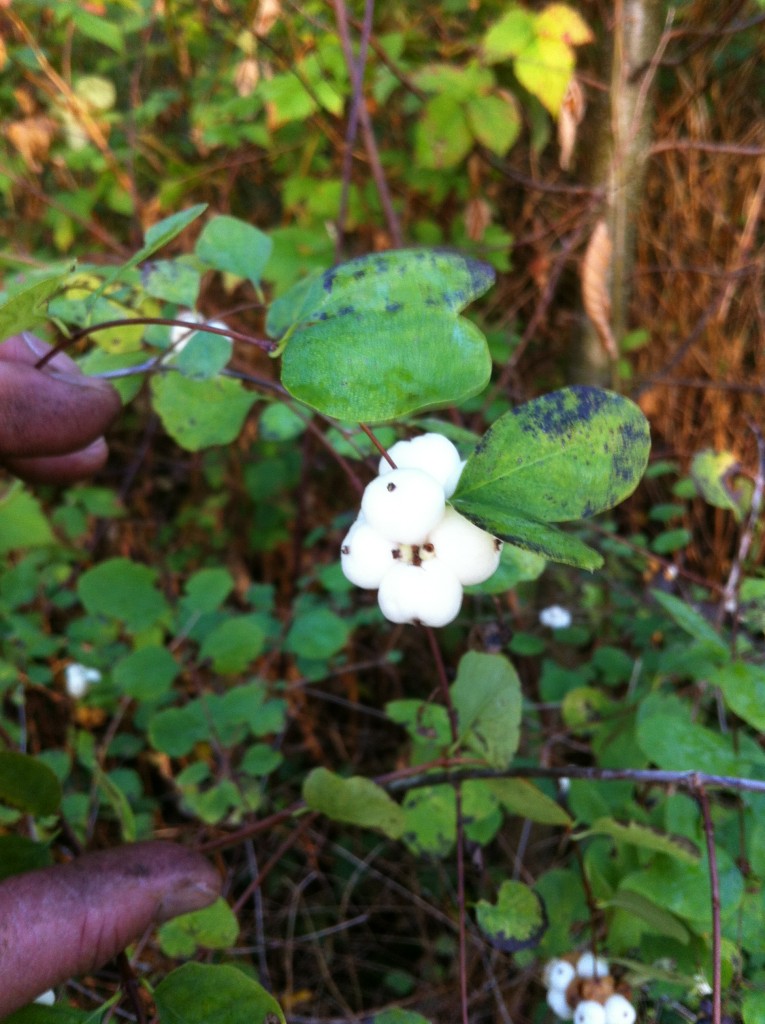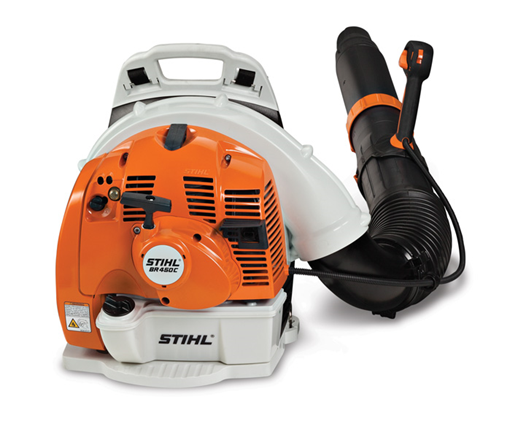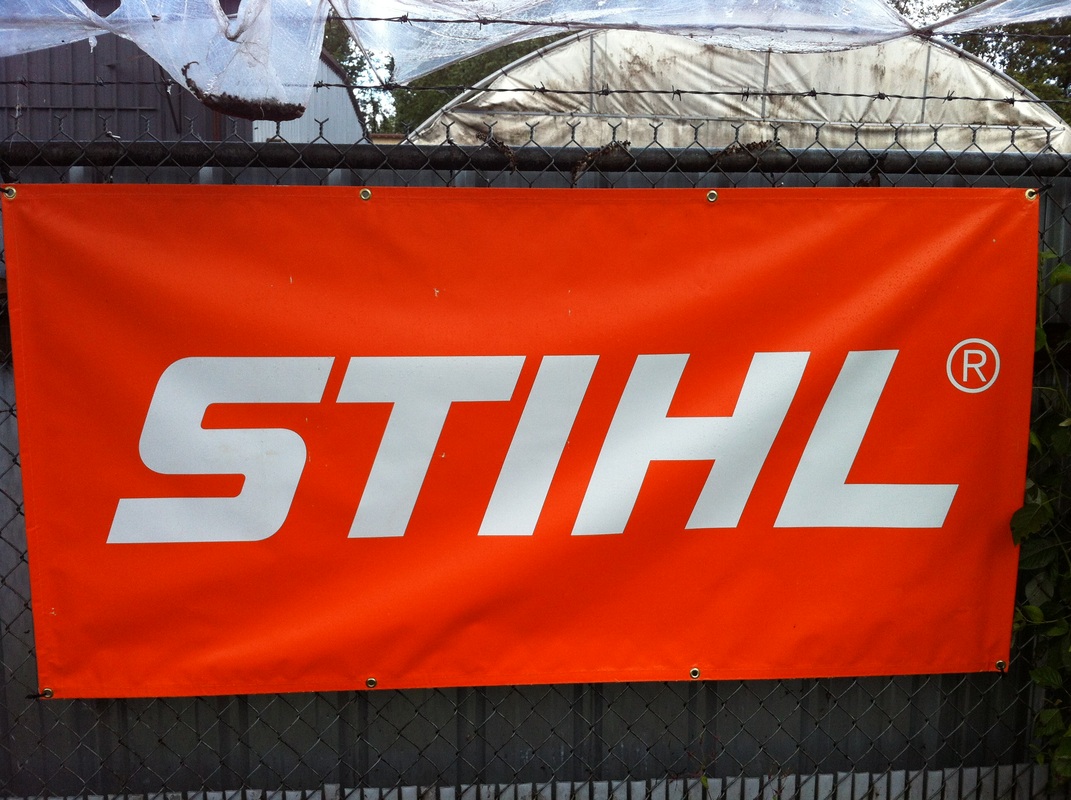After fielding many, many questions about this native shrub, it’s time to give it its own blog. Symphoricarpos albus (Common Snowberry) is a native shrub. In the wild it forms dense thickets. In strata landscapes it gets sheared down to size in winter. Now would be a good time to do it. The shrub produces small flowers in June which attract butterflies and hummingbirds. Then in fall we get many clusters of white berries and they last into winter. This is why, I presume, my workers and residents ask about this native shrub. The white berries are hard to miss. Native birds eat them. Sometimes I think about this when I am asked to shear the shrub to size. The poor birds might go hungry.
The common snowberry is easy to grow and tolerates all but very wet soils. If you don’t have this shrub on your strata property you are bound to see it on your nature walk. If you see clusters of white berries, chances are it’s the Common Snowberry. If you want to sound like a native plant expert, use the botanical name Symphoricarpos albus.

Symphoricarpos albus Common Snowberry

















